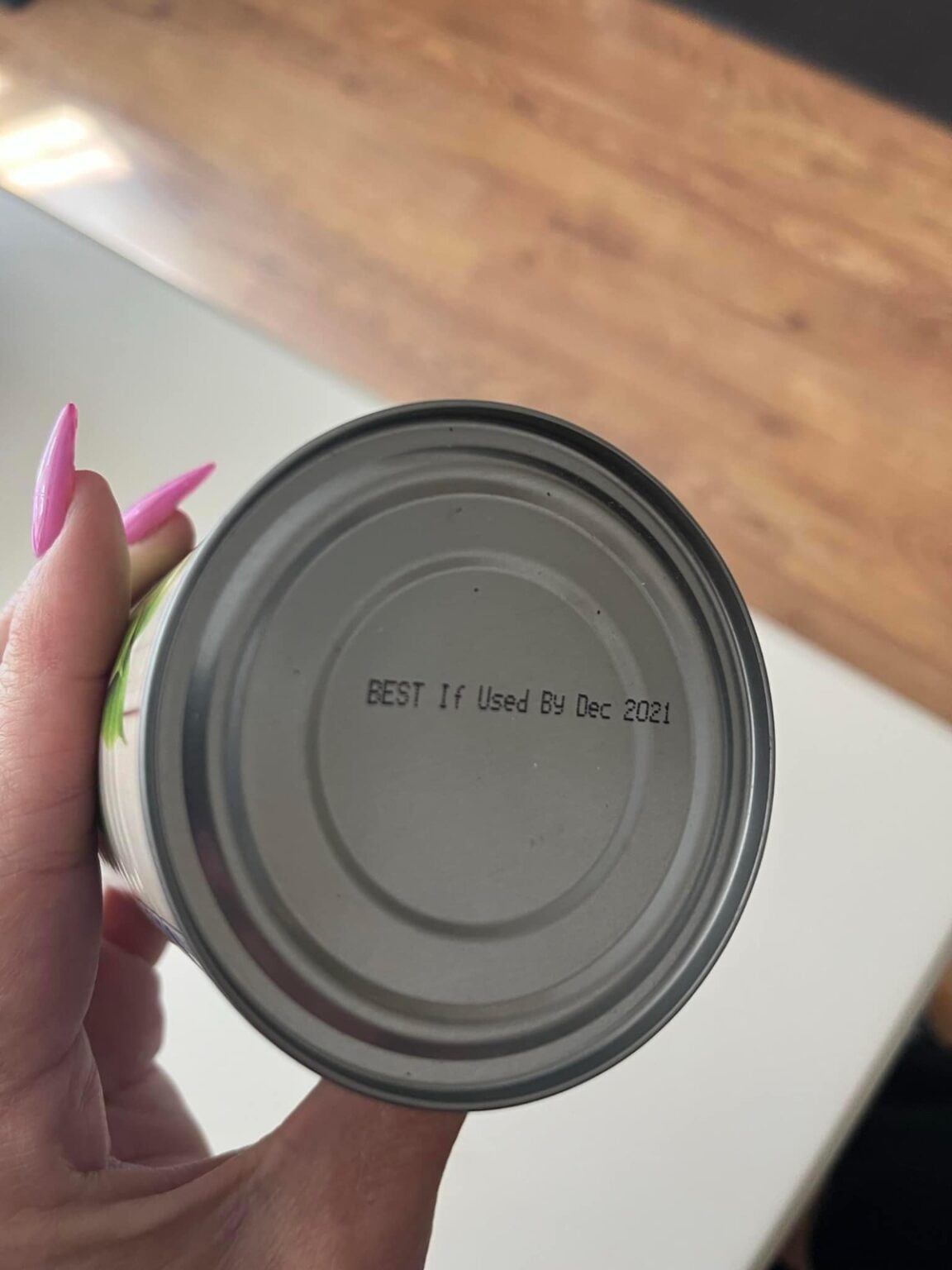Do you ever worry about whether it’s still okay to eat a container of milk or a package of chicken that’s past its expiration date? Understanding these dates is essential. According to the United States Department of Agriculture (USDA), expiration dates are more about quality than safety.
Deciphering expiration dates
Food packaging often includes terms like “Best before,” “Use by,” and “Sell by,” which can be misleading and lead to food waste. These labels indicate how long the food will retain its quality, not when it becomes unsafe. Here’s a quick summary:
“Best before”: This date indicates when the product should reach its best flavor and quality.
“Use by”: Refers to the manufacturer’s expected end date for optimal quality.
“Sell by”: This is not a safety date, but a guideline for how long the product should be displayed in stores.
Reducing food waste
Misunderstandings about expiration dates contribute to a staggering 30% of food loss annually in the United States. This not only impacts our finances but also exacerbates environmental problems, as food is often thrown out based solely on these dates.
Shelf life after the expiration date
